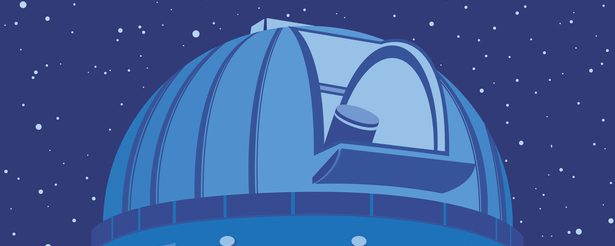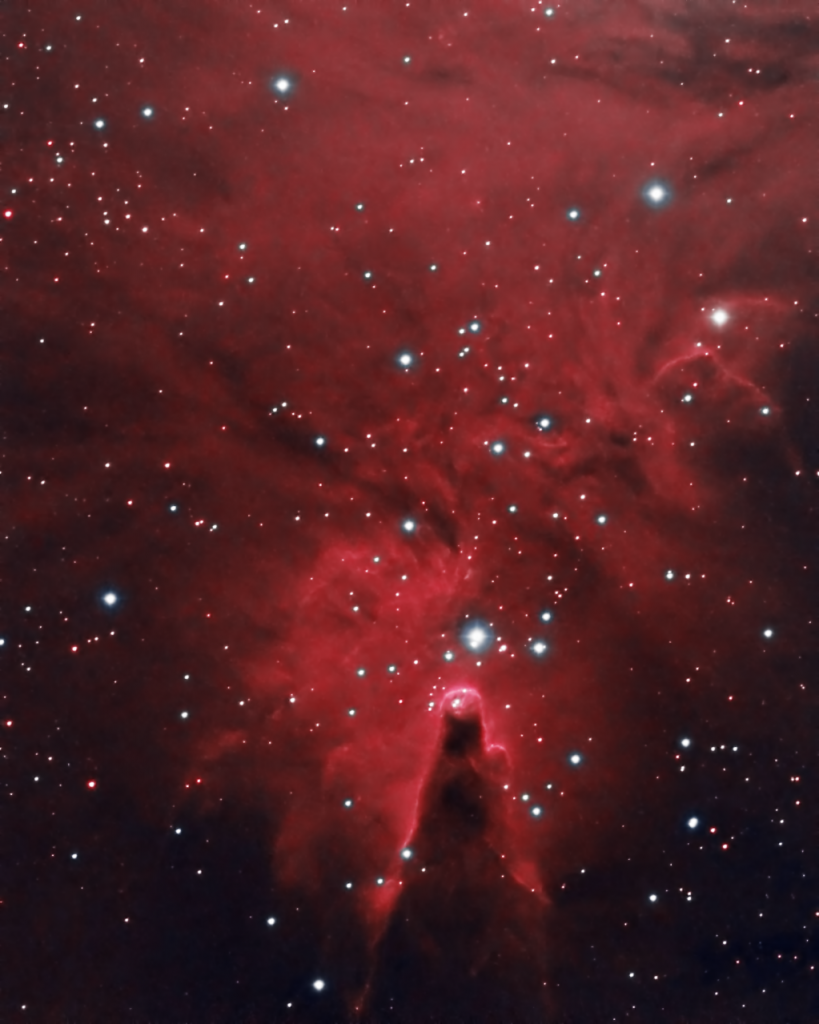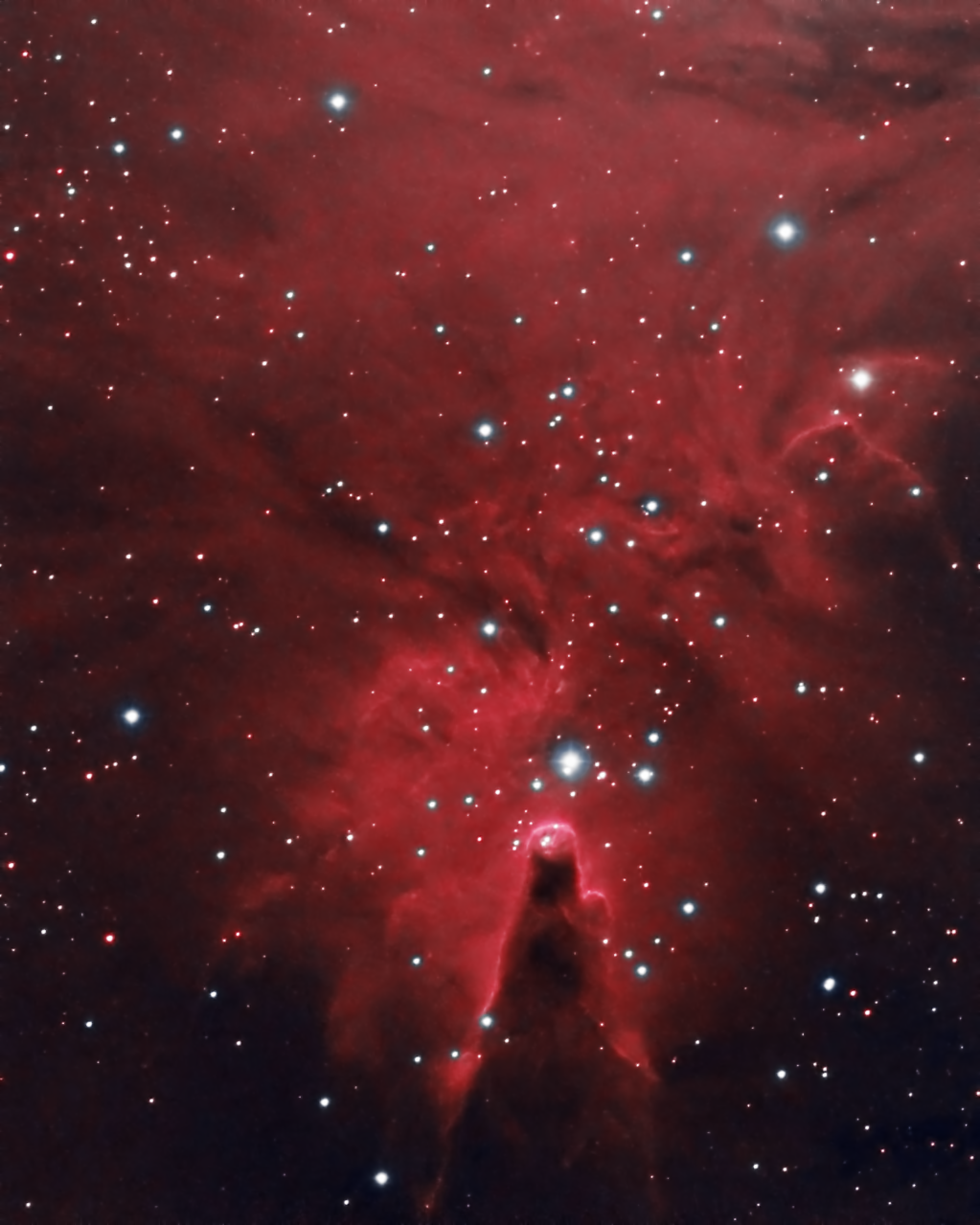
Similar Posts
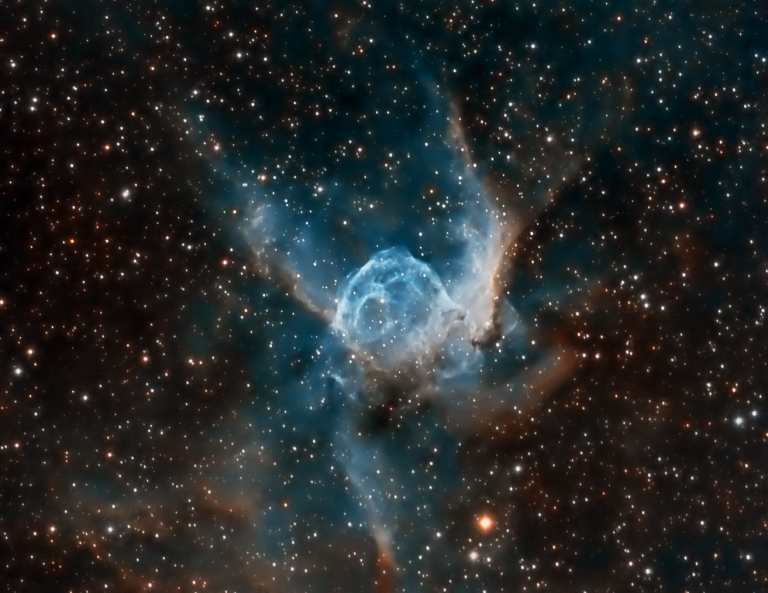
Thor’s Helmet
An interesting emission nebula 30 light years across. Imaged with narrowband filters.
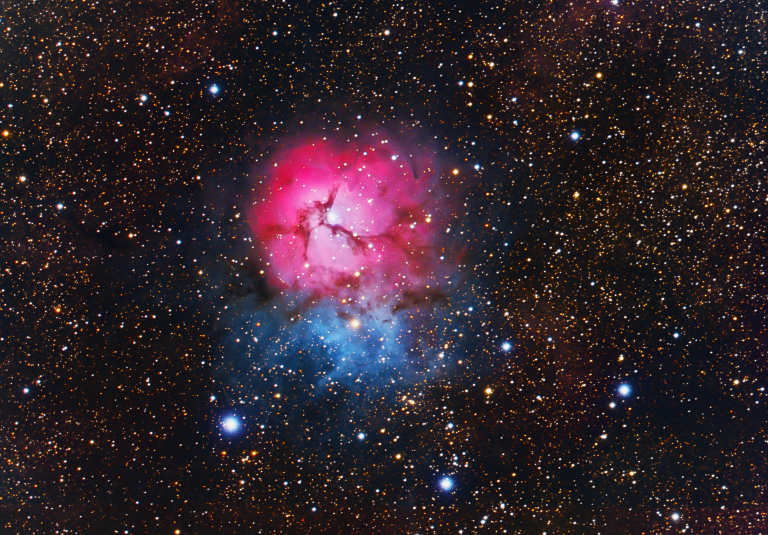
The Trifid Nebula (M20)
Our new observatory is starting to prove its worth… the Trifid Nebula is an object I’ve always wanted to capture, but in our previous location it was too low in the sky and was always obstructed by trees. Further complicating matters, it is a summertime object, and here in Florida summertime is the worst time…
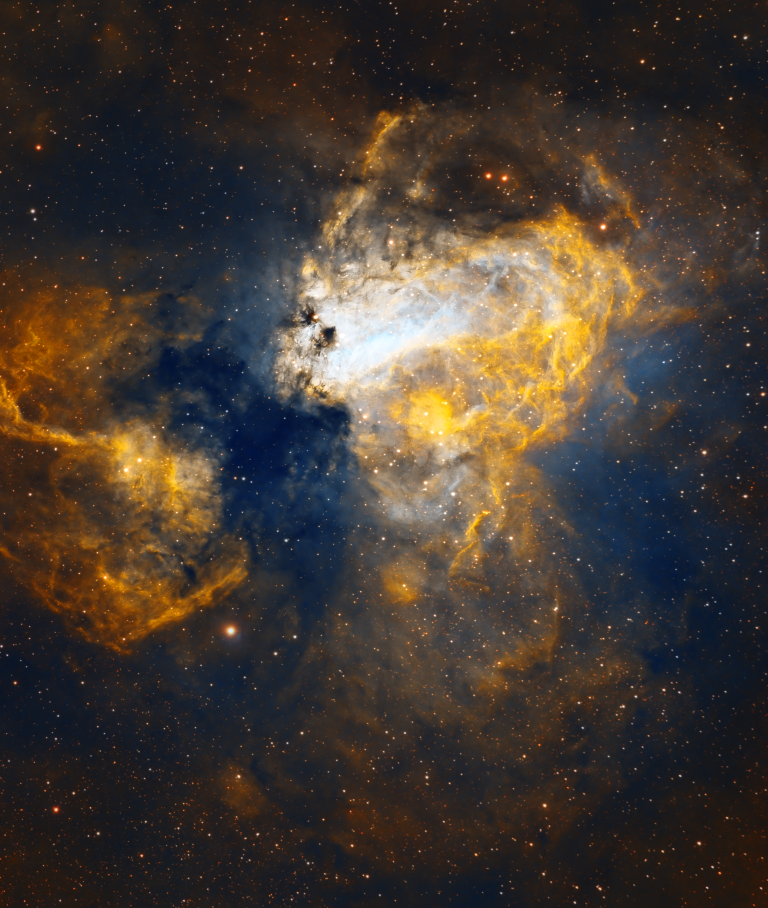
M17 doesn’t look like a swan to me.
M17 is commonly known as the Swan Nebula or the Omega Nebula. From this angle, I think it looks more like a crab – but “Crab Nebula” was taken! Shot over a hazy summer night, with narrowband filters for the gases of the nebula itself, and RGB natural-color filters for the stars. Presented processed with…
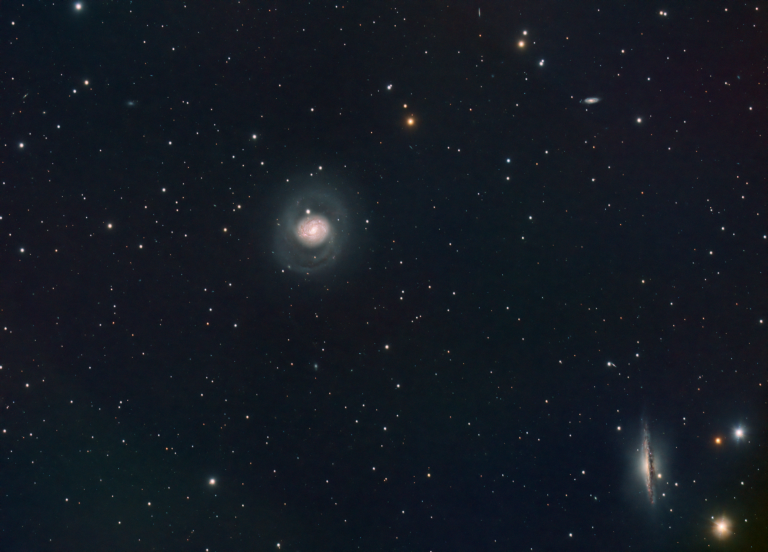
Staring Into the Void with M77
This was intended to just be an image of the galaxy M77 in Cetus, but quite a few other galactic photobombers showed up! The annotated image below guides you to the brighter galaxies in this image, but click on it to expand it, and you’ll find many other ones as well that are incomprehensibly distant.
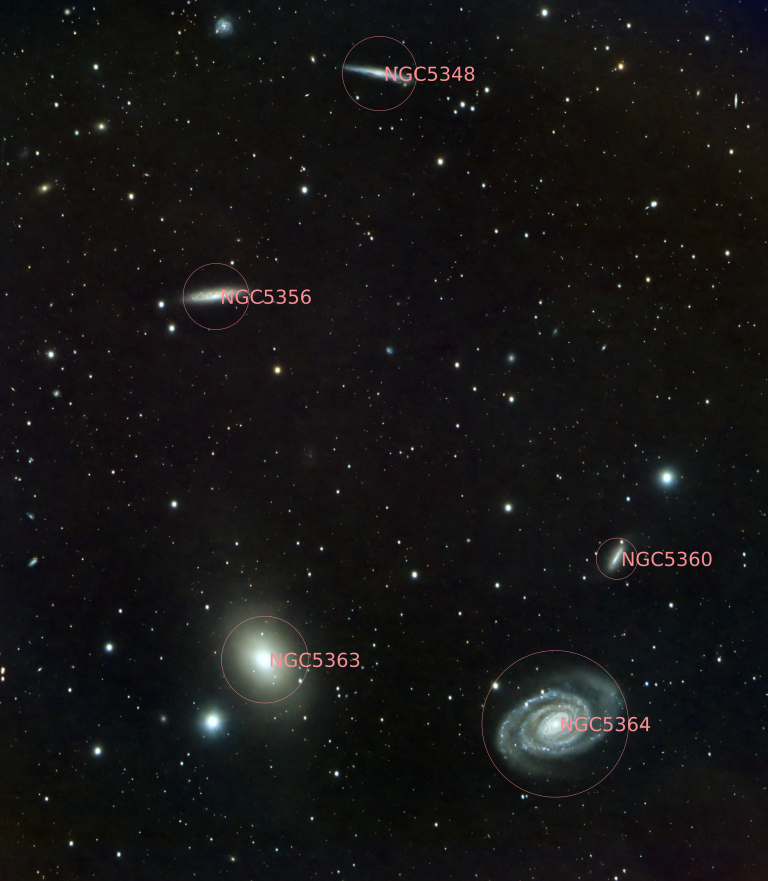
A bunch of obscure galaxies in Virgo (NGC5364 and friends)
There’s a big cluster of galaxies within Virgo; it’s just filthy with them. People usually image a different part of it, but I found another interesting area that’s often overlooked. The grand-design spiral at the bottom is NGC5364; it’s about 55 million light-years away. The annotated image identifies its buddies.
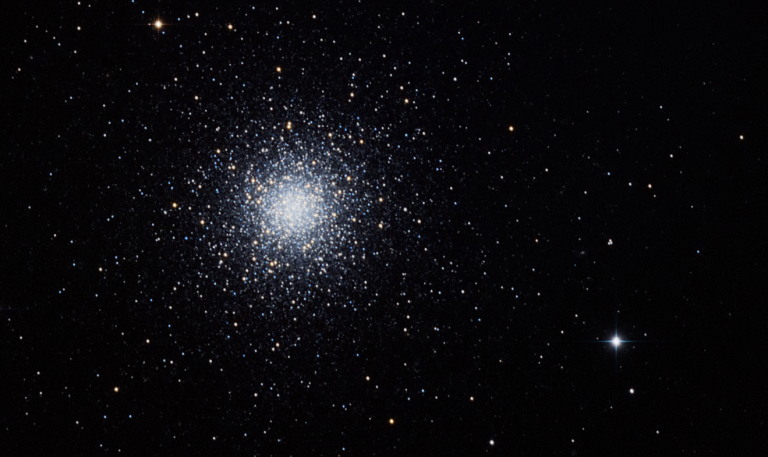
Globular Cluster M3
You’re looking at about 500,000 stars, balled up just outside of our galaxy. They are ancient; about 8 billion years old.
